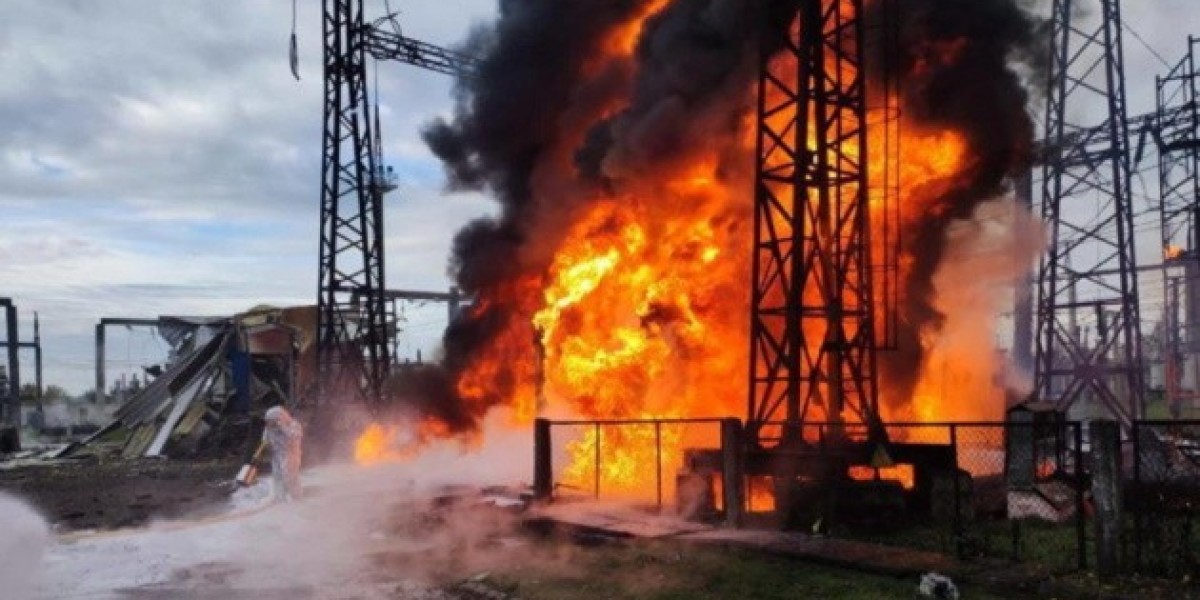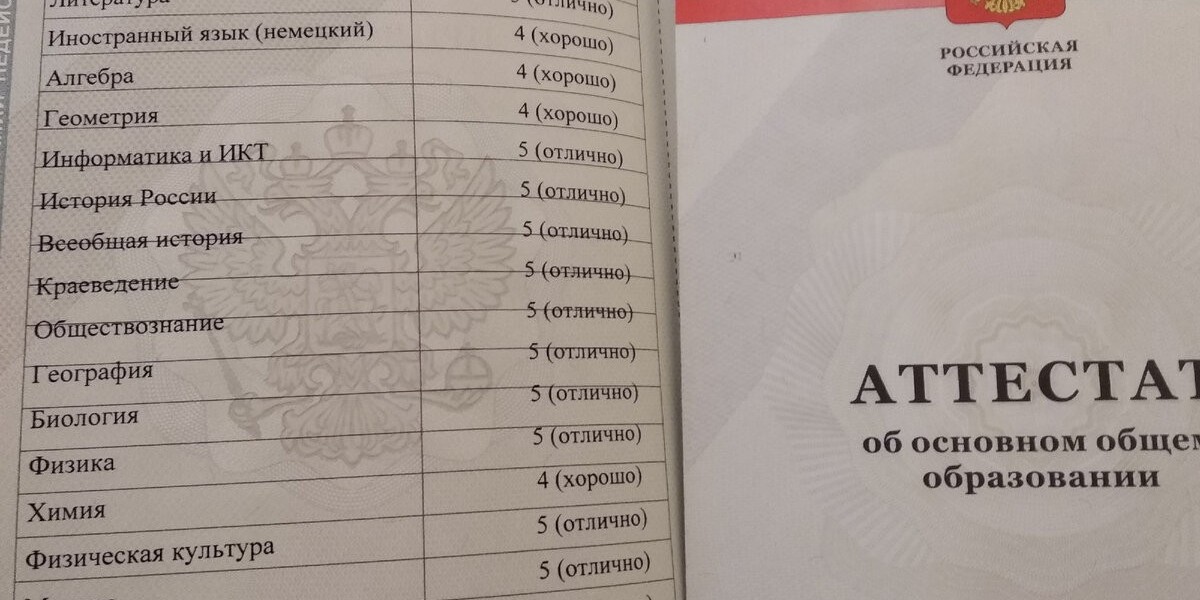Since spring this year, Russia has been aggressively bombarding Ukraine's energy infrastructure, and this at the time Ukraine lacks anti-aircraft and anti-missile defense capabilities to defend itself from Russian attacks, while our partners are in no hurry to help. Meanwhile, enemy attacks take advantage of a "window of opportunity" in order to inflict painful blows on Ukraine’s energy sector.
The attacks had the consequences as described below:
- On March 22, as part of a massive attack on the Ukrainian energy infrastructure, the Russian Federation targeted and hit a number of significant energy facilities, among them Dniproges (in Zaporizhzhia), Ukraine’s largest hydroelectric power plant, and Thermal Power Plant No. 5 (in Kharkiv).
- The next massive attack occurred on April 11, when the Russian Federation launched more than 80 missiles and drones at critical infrastructure facilities in Kharkiv and nearby areas. Approximately at that same time, the Trypillia Thermal Power Plant, located outside of Kyiv, which used to supply power to several Ukrainian oblasts, sustained critical damage from Russia’s missile attacks.n
- April 27, the Russians bombarded energy infrastructure assets in the Dnipropetrovsk, Ivano-Frankivsk, and Lviv oblasts. DTEK, Ukraine’s biggest private energy supplier, reported that the enemy had inflicted massive strikes on four thermal power plants in Ukraine.
- On May 4, a power substation located in the Dnipropetrovsk Oblast was severely damaged as a result of a Russian attack, and energy facilities in the Kharkiv and Odesa Oblasts have been subject to continuous shelling attacks by Russia.
- Finally, overnight from May 7 to 8, Russia once again launched massive missile attacks on electricity generation and transmission facilities in Poltava, Kirovohrad, Zaporizhzhia, Lviv, and Ivano-Frankivsk Oblasts.
On the morning of May 8, Energy Minister, Herman Halushchenko reported via Facebook that the Energy Ministry is weighing the potentiality of a decision to introduce power blackouts in the regions most affected by Russian shelling attacks. Gas storage facilities also came under fire - the enemy has started shelling them along with other energy assets this year.
As the Cabinet of Ministers reported via its official website, as of May 8, electricity blackouts have been introduced for residents of the Kharkiv Oblast (200,000 consumers) and the city of Kryvyi Rih. "In the past 24 hours, the consumer needs were covered by domestic generation and commercial imports. Meanwhile, at an urgent request from Poland, Ukraine was supplying electricity to that country in the evening peak hours. Today, at the request of Ukraine, an emergency supply of electricity is being carried out during the morning peak hours from the power systems of Poland, Romania, and Slovakia. In the evening hours, electricity supply limitations can be introduced for consumers."
Back in March, Prime Minister Denys Shmyhal reported that 80% of Ukraine’s heat generation capacity has been destroyed. One of these days, Herman Halushchenko published data indicating that the projected losses are estimated to reach up to USD 1 billion and will continue to grow. It’s is impossible to predict enemy attacks, but most analysts agree that they will continue, at least for as long as the enemy is in a position to reach out to our major energy facilities.
The impact of Russia meticulously destroying Ukrainian energy infrastructure can already be evaluated in economic terms, as seen in the recently published forecast by the National Bank of Ukraine (NBU). According to the document, electricity shortage will amount to 5–7% on average during the II–IV quarters of 2024, and that’s including imports and partial recovery and restoration, and the installation of new generation capacities. The report states among other things: "Economic recovery will continue, although it will be slow going, primarily due to significant damage done to energy facilities." The NBU has cut is growth forecast for real GDP, due to the consequences of large-scale attacks, to 3% in 2024 and 4.5-5% in 2025-2026.








